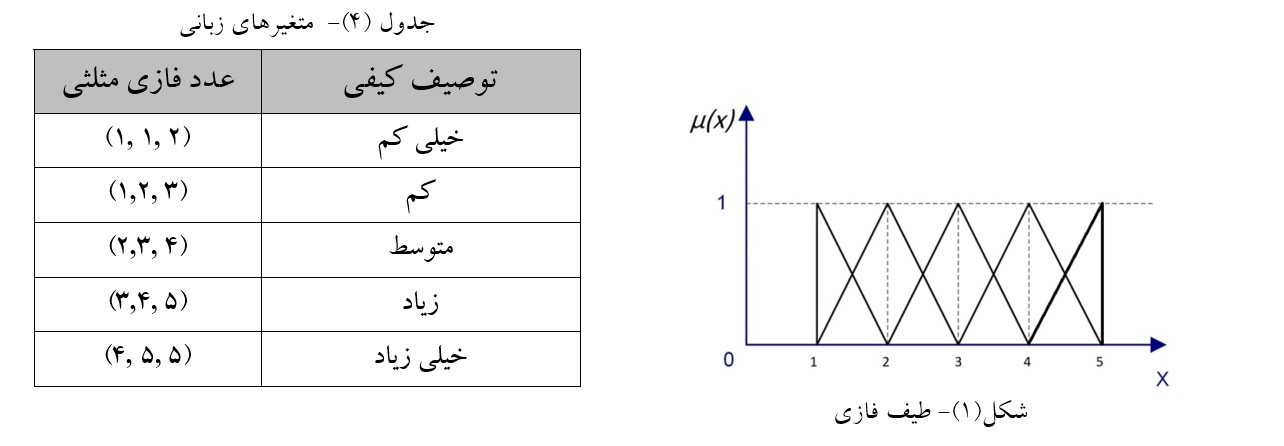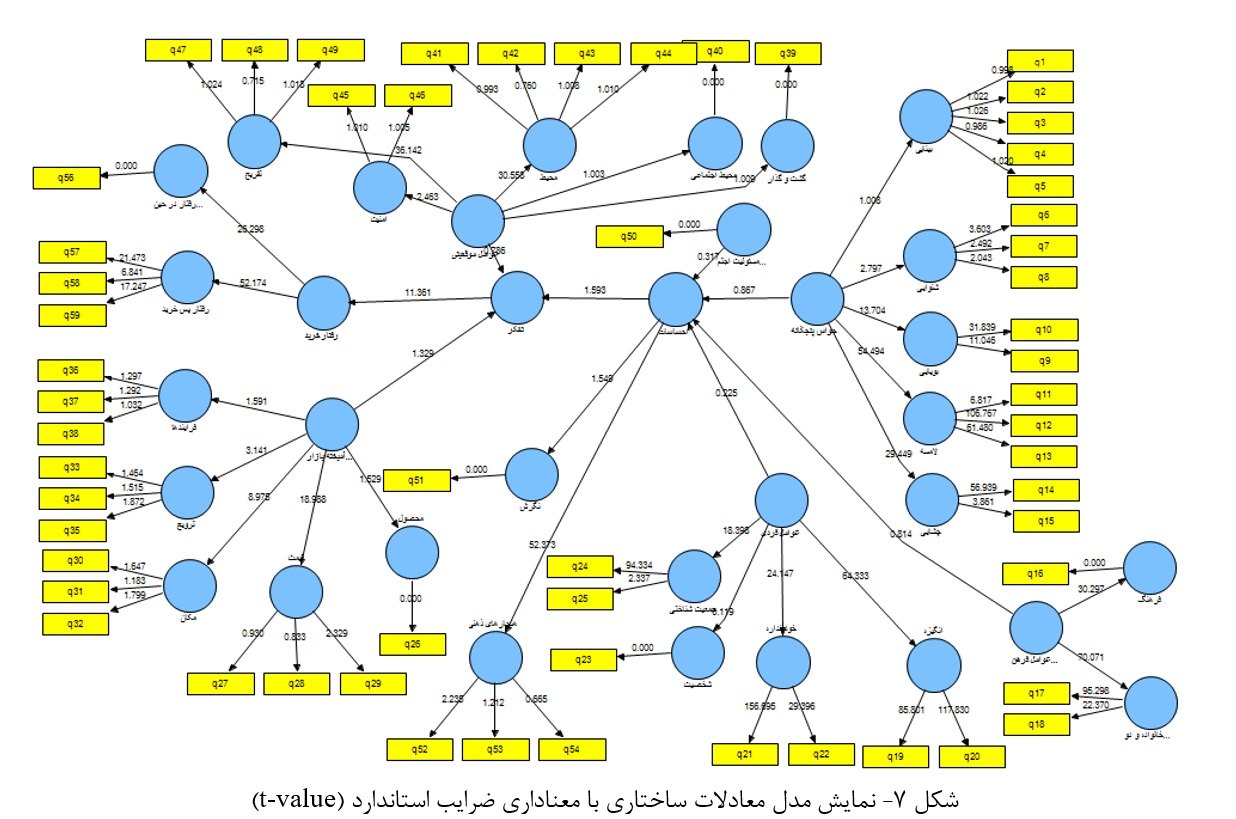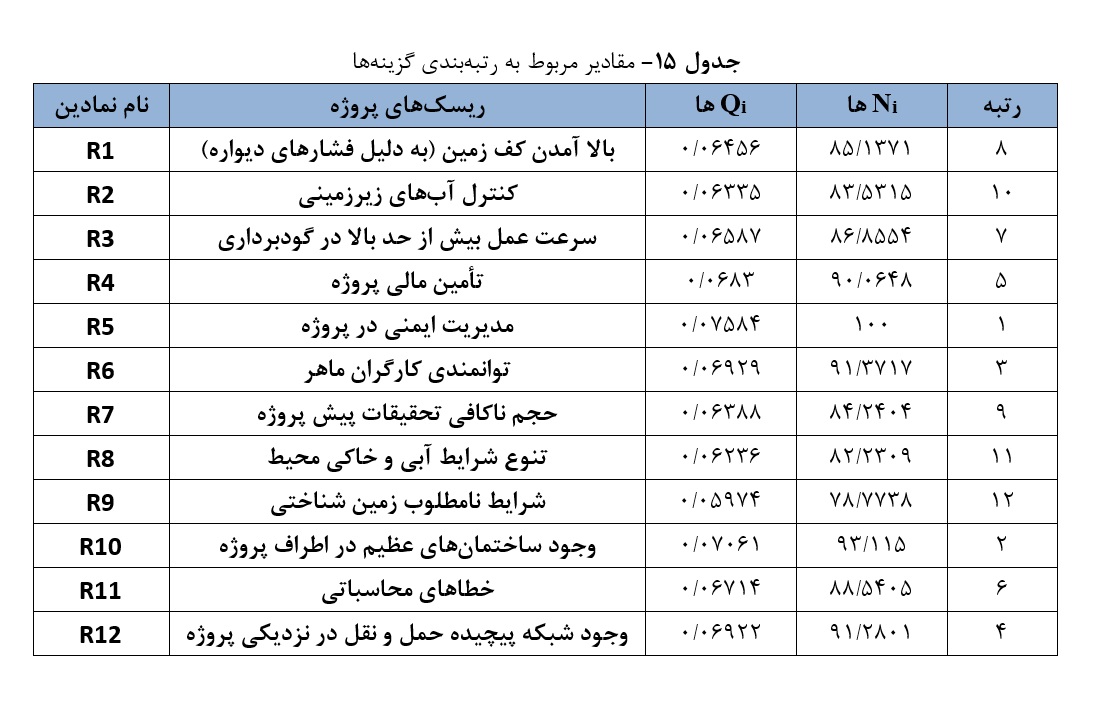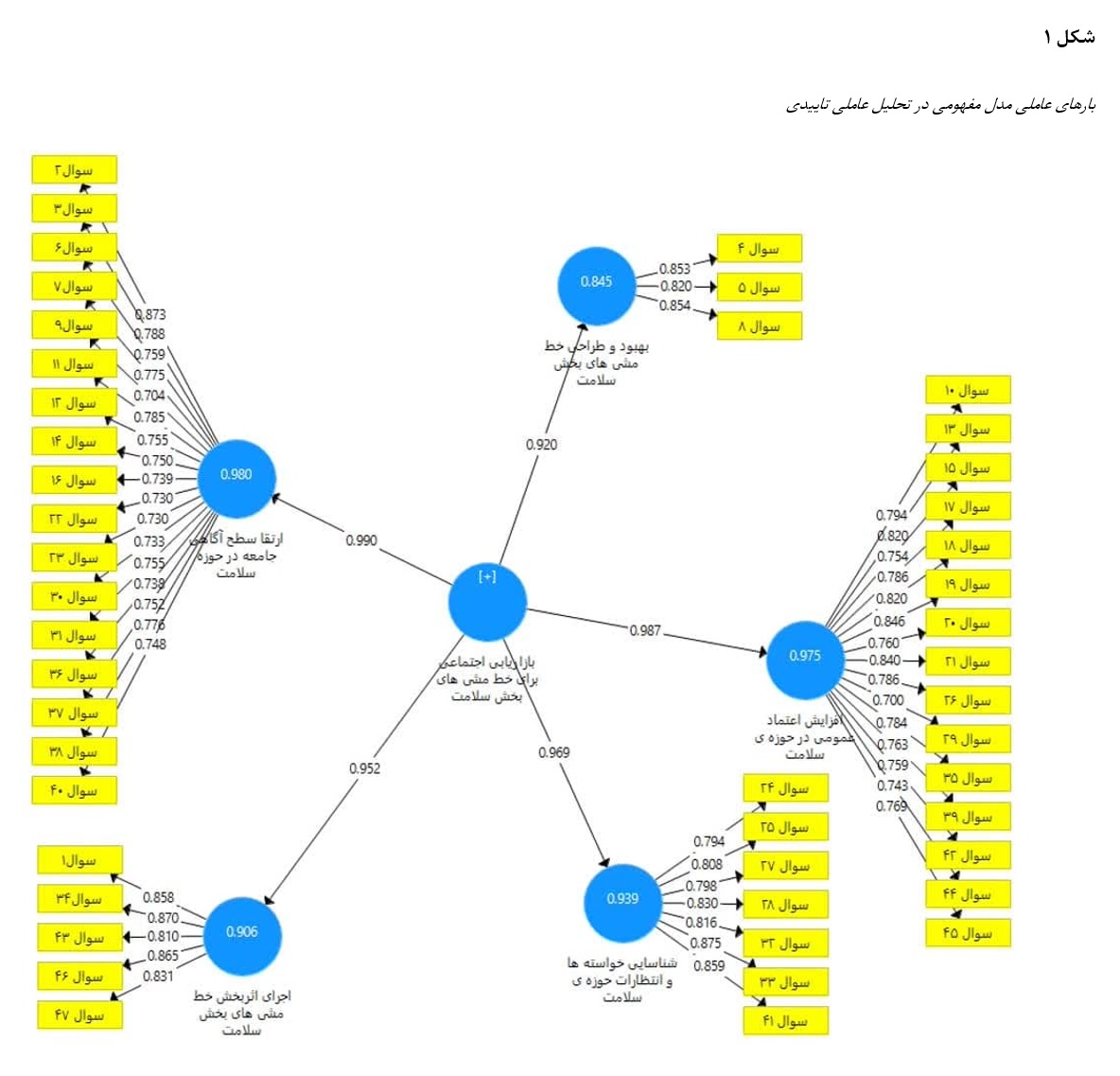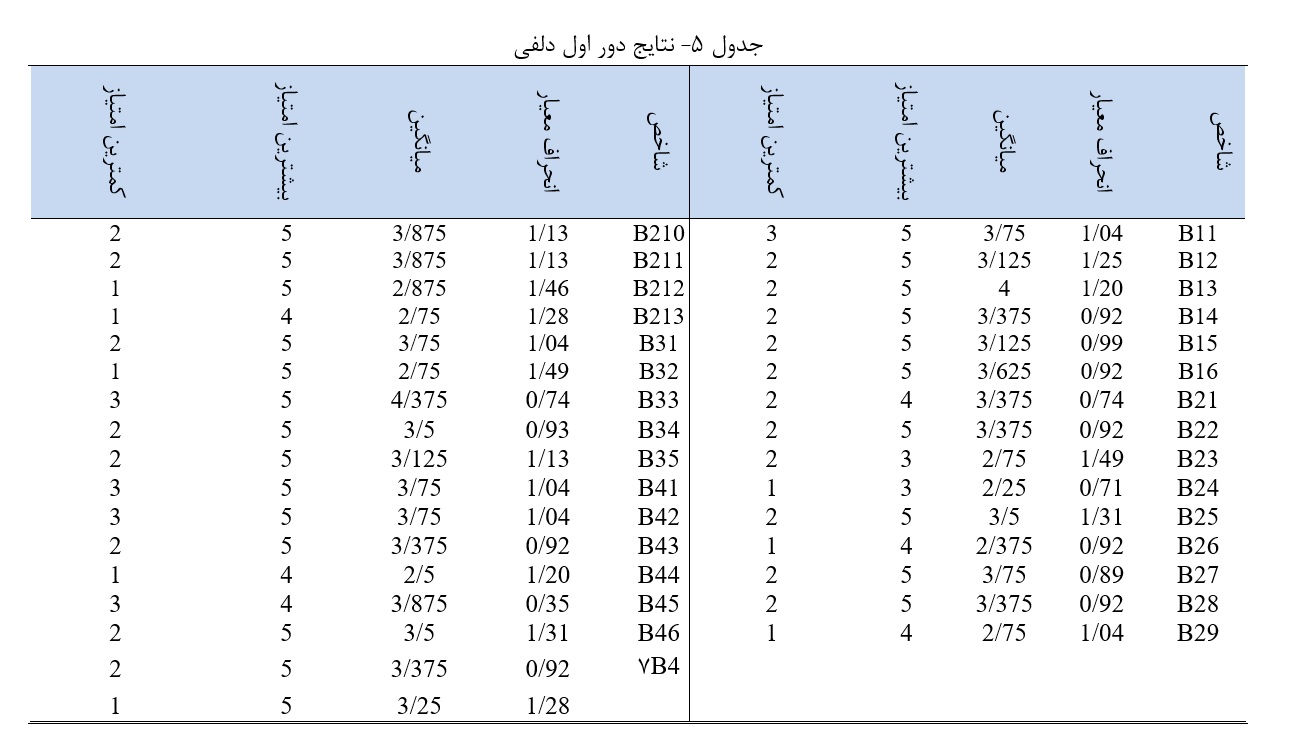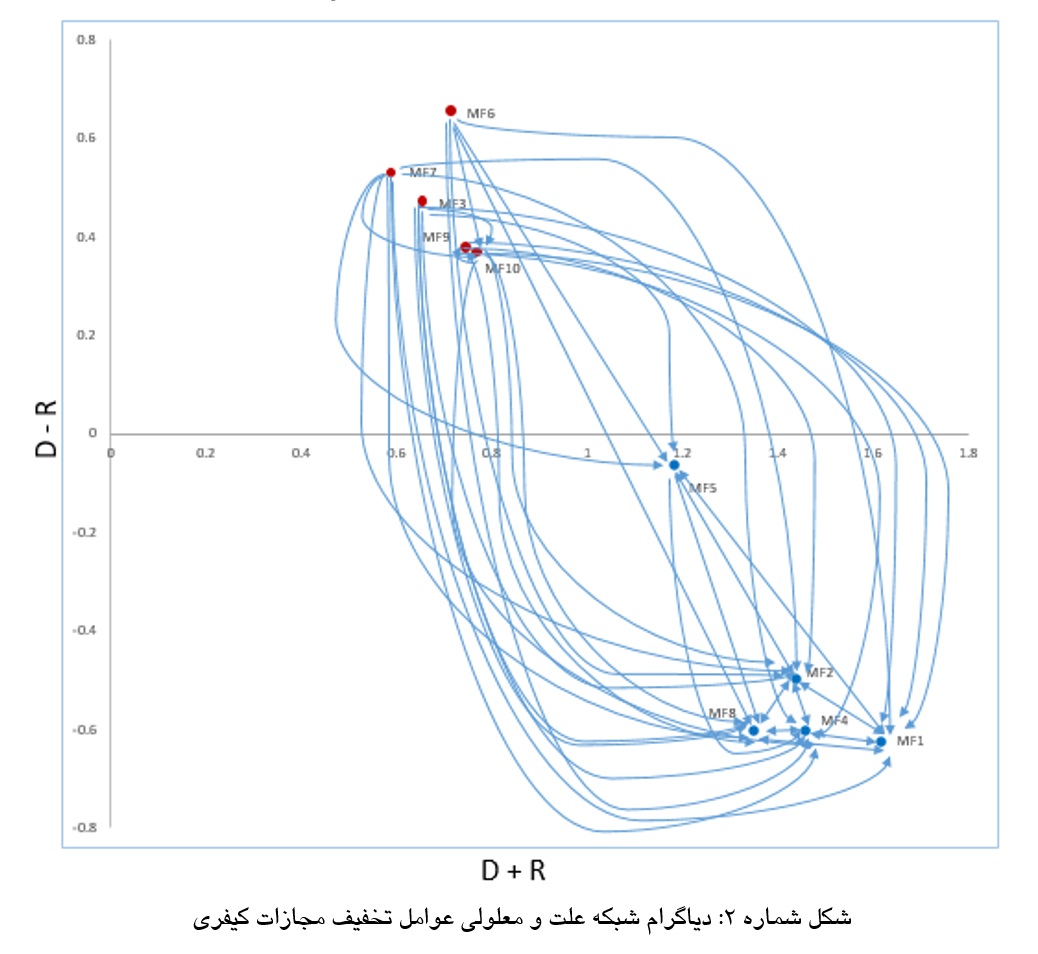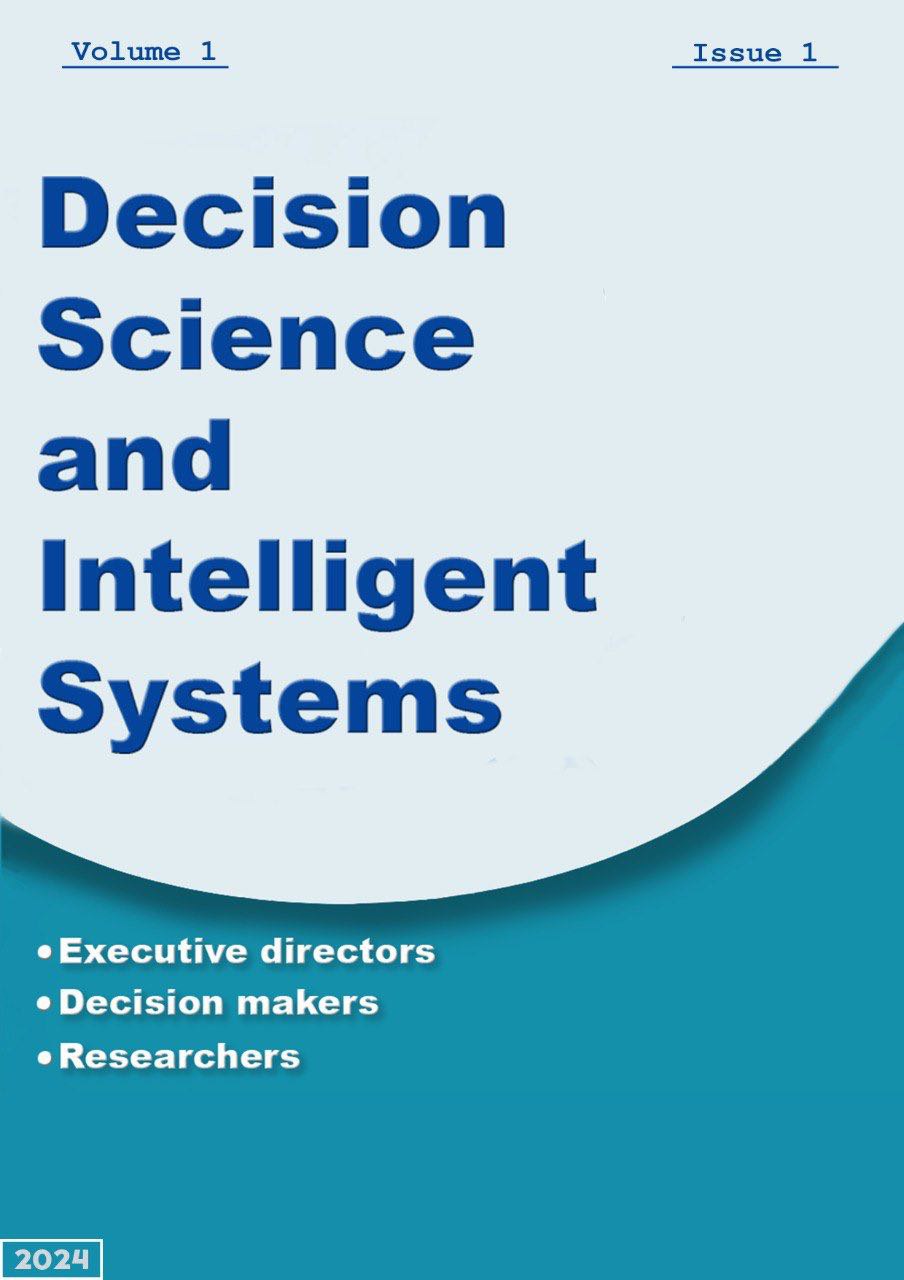An Overview of the Researches Conducted in the Field of Evaluating the Performance of Pension Funds Using Data Envelopment Analysis
In this research, a description of methods based on data envelopment analysis, including CCR, BCC, SBM, envelopment analysis with combined data (MV-DEA) and a two-stage network method, is described. Also, types of pension funds from different perspectives, including defined benefit (BC) and defined contribution (DC) and mixed, private and public, open and closed, socially responsible (ethical) and irresponsible (immoral) funds, independent funds, semi-independent and complete are introduced. Using the aforementioned analytical methods, the efficiency of each type of fund is compared with other funds and their performance is evaluated (overview). By observing the obtained results, we find that one of the reasons for the diversity in the conclusions can be the difference in the selection of input and output data for each research.
Mathematical Modeling of Data-Driven Multi-Objective Production Planning with Machine Learning in the Biopharmaceutical Industry: Integrating Demand Forecasting and Sustainable Optimization
The biopharmaceutical industry, as one of the most advanced sectors of the modern pharmaceutical field, faces multiple challenges such as demand fluctuations, resource constraints, complex manufacturing processes, and environmental requirements. In this context, data-driven and intelligence-based approaches can play a key role in improving decision-making accuracy, sustainability, and profitability. This study aims to develop a comprehensive framework for sustainable production planning by integrating demand forecasting with multi-objective mathematical modeling. In the first step, real data for nine selected drugs were collected over a 36-month period and used to forecast demand patterns through Artificial Neural Networks (ANN) and Long Short-Term Memory (LSTM) networks. The results showed that the ANN model, with a Root Mean Square Error (RMSE) of 868, was able to reconstruct demand trends with moderate accuracy, while the LSTM model estimated average demand with an error of less than 1% at the drug–scenario level. In the second step, a multi-product and multi-objective mathematical model was designed to simultaneously address economic goals (profit maximization and cost reduction) and environmental goals (pollution and waste minimization). To solve the model, Genetic Algorithms (GA) and Particle Swarm Optimization (PSO) were applied in combination with the epsilon-constraint method to extract the Pareto front. The findings revealed that GA had relative superiority in faster convergence, whereas PSO performed better in broad exploration of the solution space. Moreover, multivariate sensitivity analysis indicated that production capacity, raw material cost, and emission rates have the greatest impact on the results. By bridging the gap between demand forecasting and production optimization, this research provides a practical framework for intelligent decision-making in Iran’s biopharmaceutical industry and can contribute to supply chain resilience, cost reduction, and achieving sustainable development goals.
Designing a Self-Assessment System Based on the Sermon of Hammam and Analysing the Interrelations Between Its Various Sections
This article presents and designs a confidential self-assessment system based on the "Sermon of Hammam" (Khutbah al-Hammām), aimed at measuring individuals' alignment with the characteristics of the God-conscious (muttaqin) as described in the sermon. The system utilizes a comprehensive questionnaire composed of statements focused on moral, spiritual, and behavioral traits, allowing users to evaluate themselves based on religious and faith-based criteria. Users rate themselves on statements related to behaviors such as honesty, humility, avoidance of extravagance, and night worship using a scale from 1 (never) to 5 (always). The system’s methodology consists of three main stages, the first one is data collection and assessment. A questionnaire made up of specific statements—such as avoiding excess and speaking kindly—is developed, and participants provide quantitative responses. Each person’s score is calculated by summing the points from the questionnaire items. The second one is results analysis. Each individual’s total score is compared against the maximum possible score (200), and the percentage of alignment with the sermon’s standards is calculated. The results are presented to the user as a natural number between 0 and 100. The lowest-scoring behaviors or traits—those needing improvement—are highlighted and accompanied by related sayings from different resources to encourage reflection and provide guidance. The third one is providing improvement suggestions. If low scores are identified, suggestions for improvement or deeper reflection on the mentioned traits are offered to the user. This process supports the enhancement of users' moral and spiritual excellence. Finally, by collecting responses and calculating the correlation coefficient, the strongest relationship was found between questions related to worship and those related to piety. This project is developed with the aim of encouraging individuals to improve their spiritual traits and offers practical methods for personal development. It can serve as a valuable tool for the community.
A Methodological Framework for Designing Business Intelligence Systems Aligned with Strategic Goals and Organizational Processes
Purpose: This study aims to present a systematic method for designing a Business Intelligence (BI) system based on the strategic goals and processes of the organization.
Method: This descriptive study targets managers within the pump and electric motor manufacturing industries as its statistical population. The research was designed and carried out in three stages. In the first stage, the strategic goals of the organization were evaluated in terms of the possibility of participating in business intelligence systems. For this evaluation, four main criteria were used, which were derived from a previous study. Data for this phase were collected through expert-completed evaluation matrices then using the Shannon entropy statistical method, the weights of the criteria were calculated and a score was assigned to each goal. Goals with scores higher than 0.8 were selected for participation in the design of the BI system. In the second stage, a matrix was designed to examine the impact of process groups on the selected goals, and expert opinions were gathered using a five-point Likert scale. Given the uncertainty in the responses, data analysis was conducted using fuzzy logic. After defuzzification, the processes that influenced the strategic goals were identified. In the third stage, key performance indicators (KPIs) aligned with the selected processes and goals were identified. This analysis was carried out using the Delphi technique over five rounds to reach a final consensus. The finalized indicators were selected as the core components of the organization's Business Intelligence system.
Findings: The final outcome of the study is an operational framework for designing a Business Intelligence system based on the organization's strategic goals and processes.
Conclusion: By identifying goals that can be supported by business intelligence and applying the proposed methodology, the ability to monitor the achievement of strategic goals is provided, leading to improved organizational productivity.
Analysis of Efficiency and Productivity Growth in Iran’s Insurance Industry: A Data Envelopment Analysis Approach
The insurance industry is one of the vital pillars of the financial system, playing an essential role in risk management, enhancing economic resilience, and facilitating investment. It has gained increasing significance in emerging and volatile economies such as Iran. The present study aims to evaluate the performance and analyze the productivity trends of Iranian insurance companies from 2017 to 2023 using the Data Envelopment Analysis (DEA) approach. Specifically, the non-radial Russell model and the Malmquist productivity index were applied. Additionally, the impact of contextual variables such as capital, number of branches, and company age on efficiency was examined through a linear regression model. For this purpose, the GAMS software was utilized. The findings indicate that during the studied period, Iran’s insurance industry experienced an unstable and predominantly declining trend in efficiency, particularly in critical years such as 2021–2022, when there was a sharp drop in technological and productivity indicators. However, in some years, there were signs of performance recovery and potential capacity for growth. The results also reveal that increasing capital alone did not guarantee improved efficiency, as traditional or inefficient structures hindered the optimal utilization of resources.
Analyzing the Impact of Experiential Marketing on Women's Shopping Behavior: A Combined Study Using Grounded Theory and Structural Equation Modeling
In this research, the shopping pattern of women based on sensory marketing has been presented. The research method is applied in terms of purpose and exploratory and explanatory in terms of approach. Due to the fact that the present study is of mixed, exploratory and explanatory type, the mixed method was used in two phases, qualitative and quantitative. In the first phase, using inductive approach and using qualitative form through content analysis and application of Grounded Theory, the foundation identified 9 variables and 27 effective components on the pattern of women's purchasing based on sensory marketing in the form of causal conditions, central conditions, field conditions. Intervening conditions, strategies and outcomes. Then, in the second phase, the dimensions and components were quantitatively confirmed and finally the conceptual model developed in the qualitative phase was approved. The required information in the qualitative phase was collected through interviews with 10 experts and experts in marketing and consumer behavior, the number of which was determined by targeted snowball sampling. Also, in the quantitative part, the required data were collected by distributing a researcher-made questionnaire among 51 female customers of Kish commercial centers, which was determined by Cochran method. In this research, for designing and implementing the explained model, the structural equation modeling technique with pls software was used to test the qualitative model. The results of structural equation modeling showed that the five senses at the 95% confidence level have a significant effect on emotions. However, socio-cultural factors and individual and psychological factors do not have a significant effect on emotions. On the other hand, emotions at the 95% confidence level have a significant effect on thinking (intention to buy). Also, marketing mix elements and situational factors at 95% confidence level had a significant effect on thinking; And social responsibilities do not have a significant effect on thinking; However, the intention to buy at the level of 99% confidence has a significant effect on buying behavior.
Risk Assessment of Deep Excavation in Construction Projects Using a Combined SWARA-COPRAS Approach in a Fuzzy Environment
Nowadays, with the expansion of urban life across the world, the development of construction activities in various urban sectors—ranging from high-rise building projects to the expansion of subway lines—has become highly tangible and, indeed, inevitable. This study was conducted to assess the risks associated with deep excavation in construction projects. In this study, a combined SWARA and COPRAS approach within a Fuzzy logic environment was used to identify risk assessment indicators and to rank the risks associated with the project. The research setting was the deep excavation project of Atieh Gharb Hospital in Tehran, and the required data were collected from experts involved in this project during the excavation phase. Based on the analysis of the study data in its two distinct stages, it was first determined that 11 risk assessment indicators constitute the most important indicators for measuring the risks of deep excavation activities. Among these indicators, risk analysis capability, the degree of risk uniqueness, and the level of project vulnerability to risk were identified as the most critical indicators for assessing the risks of deep excavation projects. Moreover, based on the second stage of the analysis, it was found that the deep excavation project of Atieh Gharb Hospital involves 12 key and major risks. The fuzzy COPRAS approach revealed that among these risks, three key risks were identified as safety management in the project, the presence of massive surrounding buildings, and the availability of skilled workers. Following these, three other important factors—namely the presence of a complex transportation network near the project, project financing, and potential computational errors—were also identified as other significant risks in this project. Finally, recommendations and strategies were provided, based on expert opinions and existing standards, to reduce the risks of similar future deep excavation projects.
Advancing Sustainability in Food Supply Chains: Barriers to Implementing the Product-as-a-Service Model with an Emphasis on the Role of Technology
The Product-as-a-Service (PaaS) model, as an innovative solution in food supply chains, allows businesses to utilize technology-based services such as Internet of Things (IoT) and blockchain instead of purchasing and owning equipment. However, the implementation of this model in developing countries faces numerous challenges. This study investigates the key barriers to implementing PaaS in food supply chains in these countries and categorizes them into four main groups: financial, technical, regulatory, and socio-cultural barriers. The results reveal that lack of digital infrastructure, high technology implementation costs, and lack of supportive government policies are among the fundamental barriers to the adoption of this model. Additionally, cultural preference for asset ownership and distrust of foreign companies are identified as major socio-cultural barriers that hinder the acceptance of PaaS by local communities. To overcome these obstacles, the study proposes solutions such as developing digital infrastructure, providing financial assistance and government subsidies, raising community awareness through educational programs, and involving local stakeholders in decision-making processes. This research demonstrates that the PaaS model can enhance the efficiency of food supply chains in Iran, contributing to reduced food waste, increased sustainability, and lower operational costs.
About the Journal
About Us
The Decision Science and Intelligent Systems is a leading scientific journal dedicated to advancing the fields of decision science and intelligence systems by the help of operations research (OR), data envelopment analysis (DEA), and mathematical modeling. We publish original research and review articles that contribute to the theoretical and practical understanding of these disciplines.
Our Mission
Our mission is to provide a platform for researchers and practitioners to disseminate their cutting-edge findings and foster collaboration within the scientific community. We aim to promote innovation, rigor, and the application of scientific methodologies to solve real-world problems.
Scope of Coverage
The journal covers a wide range of topics, including:
- Decision analysis and optimization
- Machine learning and artificial intelligence
- Operations management and logistics
- Data envelopment analysis and performance evaluation
- Mathematical modeling and simulation
- Applications in various domains, such as healthcare, finance, and sustainability
Audience
The journal is targeted at researchers, academics, industry professionals, and policymakers interested in the latest advances and applications of decision science and intelligence systems.
Current Issue

